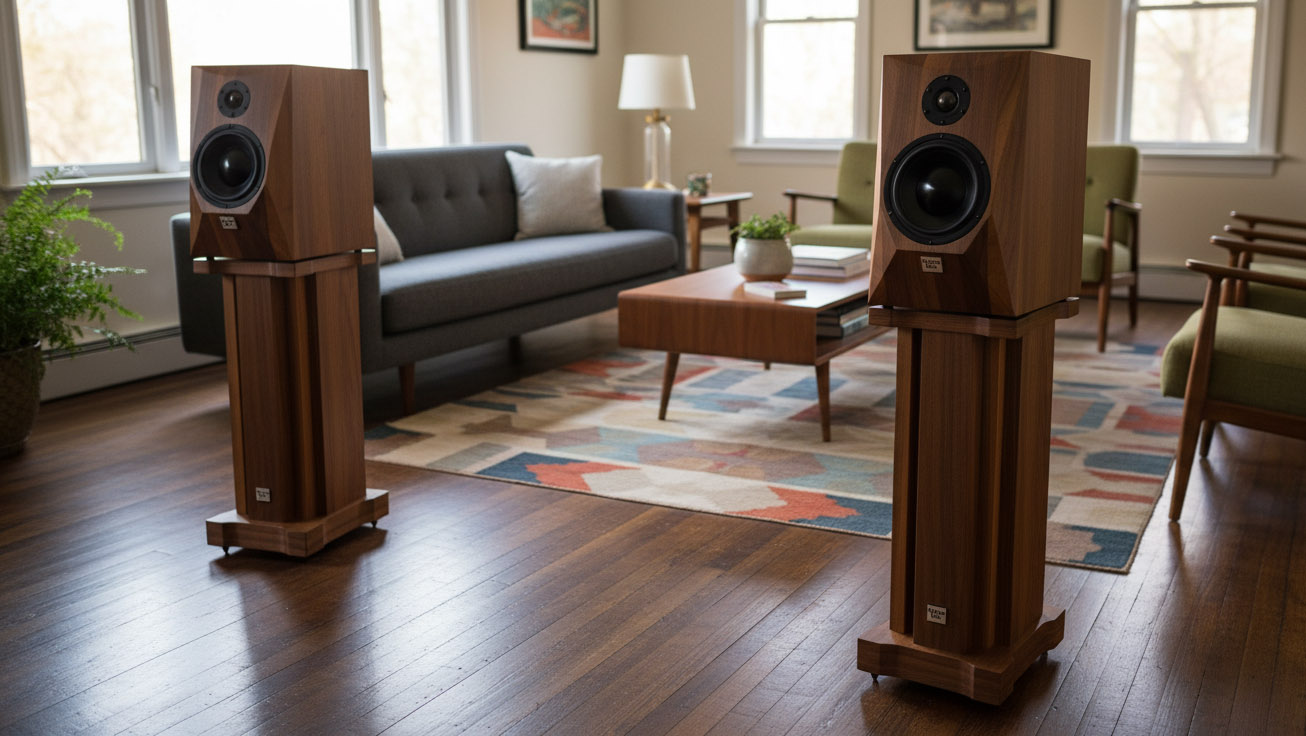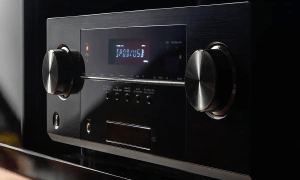Short answer, a little, but not in the mystical way the internet sometimes suggests. The first hours with new speakers can bring small physical changes in the drivers, and a much larger change in you, your room, and your setup choices. If you are hoping your bright speaker turns warm after two weeks in a closet, that is wishful thinking. If you are open to careful placement, smart calibration, and a few hours of real listening, you will hear the best these boxes can do.
What actually changes inside a new speaker
Every dynamic driver has moving parts. The cone, the voice coil, the surround, and the spider. The surround and spider act like springs. Fresh from the factory they can be a little stiff. As you play music at normal levels, these parts flex and settle, which can slightly increase compliance. That often shows up as subtly fuller bass and a touch more ease in the midrange. We are talking about small shifts, not a complete personality transplant.
You will also notice your ears adjust. The first hour with a new tweeter can feel sharp or dull compared with your last system. After a week of real use your brain recalibrates. That is a bigger factor than anything happening to the rubber surround.
How long does break in take
Manufacturers have different guidance. Many say nothing at all. Some suggest a short period of normal listening before final judgments. In practical terms plan for ten to twenty hours of regular use to reach stable behavior. If the design uses very rigid spiders or surrounds, a longer window is possible, but it is not mandatory to leave music running for days. You will not hurt a modern bookshelf speaker by just using it in your normal routine.
What you can do that matters more than waiting
Placement beats patience. Pull the speakers a foot or two from the back wall to reduce boom. Keep equal distance to the side walls if possible. Start with the tweeters near ear height. Toe in by small degrees until the center image snaps into focus.
Level match the pair. Use your receiver test tone or a phone app and set both speakers to the same level. A one decibel mismatch can smear the image more than any amount of break in can fix.
Use your tools. If your receiver has room correction, run it after the first hour. Audyssey, YPAO, Dirac, and ARC do more for clarity and bass control than any ritual. Save the microphone positions that reflect your real seating.
Check your stands and isolation. Solid stands at the right height, with the speaker firmly coupled or sensibly isolated, give you cleaner bass and a sharper image. Wobbly end tables make even expensive speakers sound tired.
A simple, safe break in routine
There is no need for special tracks or extreme levels. Play varied music with real bass and real voices. Keep the volume at a comfortable level where you can speak without raising your voice. Do that for a few evenings and you have given the moving parts enough exercise. If you prefer to let them play while you cook or read, fine, but it is not required.
What not to do
Do not crank pink noise at party levels for hours. You can heat the voice coils and stress the surrounds. Do not stuff the ports or tape the cones. Do not aim a fan at the drivers. The cure is more likely to be worse than the imagined problem.
RELATED: Wired Speakers vs. Wireless Speakers
How to tell if your speakers are changing or you are
Pick two reference tracks you know well. One with a natural vocal, one with steady acoustic bass. Listen on day one. Take brief notes about tone, bass weight, and stereo image. Listen again after a week of normal use with the same volume and placement. If you hear slightly fuller bass and a smoother vocal, that is normal. If you hear little change, that is normal too. If you hear a real change only after moving the speakers or rerunning room correction, that is the useful kind of change.
When speakers truly will not transform
Design choices set the core sound. A lively metal dome tweeter with a forward upper midrange will not become a soft, laid back studio monitor with time. Large ported bookshelves will still have room modes if pushed near a wall. Break in can loosen the last few percent, it cannot rewrite the crossover.
Real world examples and tips

KEF LS50 Meta rewards exact placement more than long waits. Aim the speakers directly at your main seat, keep them two feet off the back wall, and set them on sturdy 24 inch stands. After a week you will hear precise imaging, but you will thank positioning more than break in.
ELAC Debut 2.0 B6.2 gives a lot of bass for the size. A small pull away from the wall and a gentle toe in works wonders. Run room correction once you are happy with placement. Expect a little more ease in the low end after a few evenings.
Q Acoustics 3020i sounds smooth out of the box. Give them a foot of space and slow toe in for a wide stage. Small gains in bass control may appear with use, though the basic character is present on day one.
Polk Signature Elite ES20 can sound lively. Slight toe out can relax the top end in a bright room. Thick rug between you and the speakers helps more than hours on repeat.
Klipsch RP 600M II likes a bit of distance and careful toe in. If they feel hot, try less toe and add soft furnishings. A week will not turn them mild, but smart placement tames the edge.
What about powered and smart bookshelves
Powered models follow the same rules for drivers, but they also include amps and DSP. Break in effects are still small. Good setup matters more. For KEF LSX II or Audioengine A5 Plus, platform height, toe in, and distance from the wall are the levers that pay off. If you hear a channel imbalance, swap the speakers left to right. If the imbalance moves, call support. Time will not fix a defect.
Subwoofers and integration
Many bookshelf systems use a sub. If your sub is new, the same settling idea applies, but once again, setup beats waiting. Start with the crossover near 80 hertz, adjust the sub level by ear, then run room correction. A slight increase in perceived depth may come with use, yet the main improvement will come from a careful blend.
How to decide when you are done
Trust your ears after a week of normal life. If you like the sound, stop worrying and enjoy the music. If you still want more warmth or more sparkle, consider small changes. Add a rug, shift the stands by a few inches, adjust toe in by a finger width, and rerun calibration. If none of that helps, you may need a different speaker that matches your taste and your room.
A balanced bottom line
Bookshelf speakers do not need a dramatic break in to sound good. A small amount of mechanical settling can occur, and you might notice a touch more ease and bass after some hours. The bigger moves come from your choices. Placement, level matching, room correction, and sensible stands make a larger and repeatable difference. Treat break in as a polite warm up, not a cure. If you invest your time in setup, even an affordable pair can sing in a week, and that is the kind of result worth keeping.



























